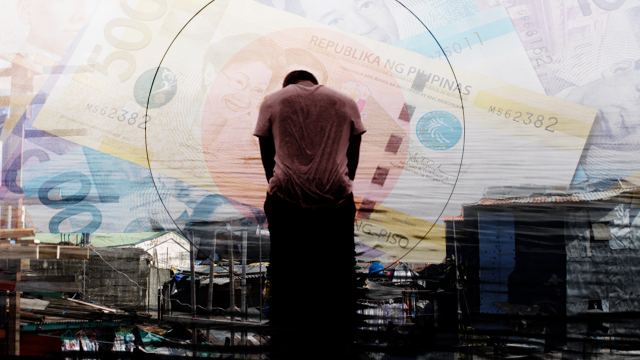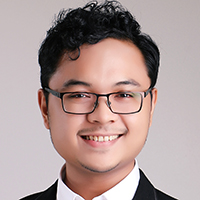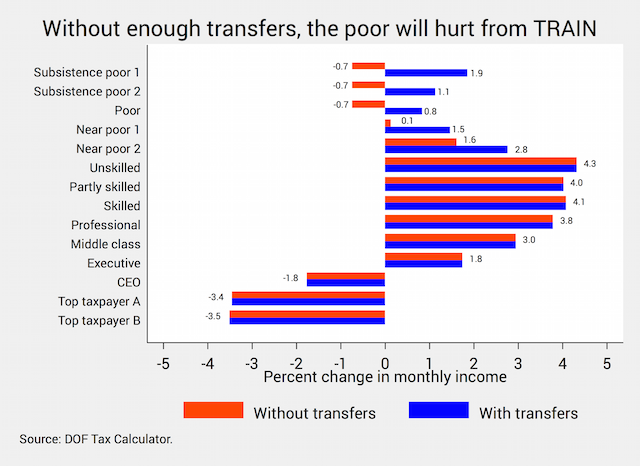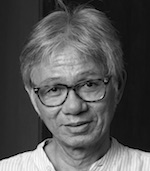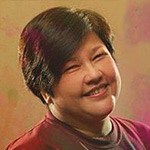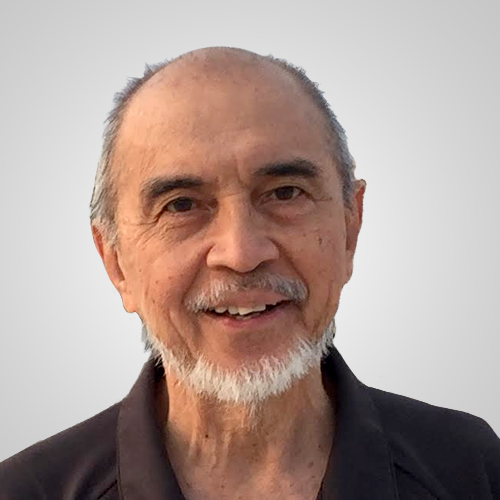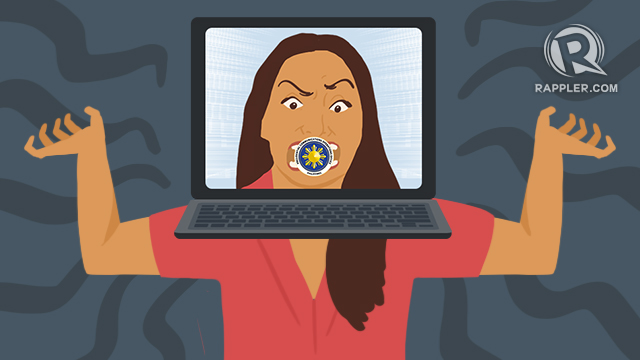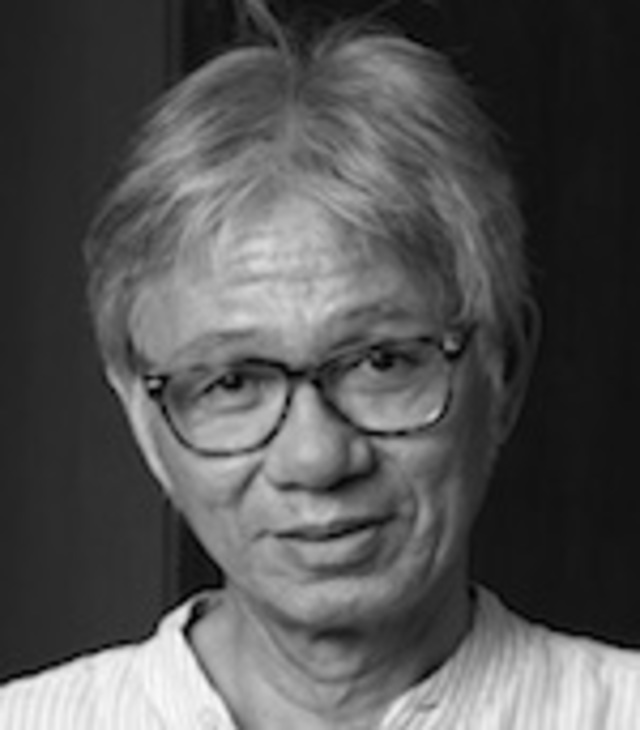![]()
![]() Little did I know up to a few weeks ago that Mamasapano would not be our last disastrous legacy from the Aquino administration. If Mamasapano was the tragic intersection of geopolitics and President Benigno Aquino III’s barkada style of governance, the Dengvaxia scandal is where PNoy’s barkadismo had its fateful tryst with the murky ethics of the global pharmaceutical industry.
Little did I know up to a few weeks ago that Mamasapano would not be our last disastrous legacy from the Aquino administration. If Mamasapano was the tragic intersection of geopolitics and President Benigno Aquino III’s barkada style of governance, the Dengvaxia scandal is where PNoy’s barkadismo had its fateful tryst with the murky ethics of the global pharmaceutical industry.
A ‘professional’s professional’
And little did I know till a few weeks ago that the professionalism of one man would be vindicated. Dr Enrique Ona, the Secretary of Health (DOH) before Janette Garin, was one of the few real professionals in the Aquino administration. I know because, as a congressman, I used to question Aquino’s Cabinet members during budget hearings, and the only people I could get a straight answer from were Ona and Babes Singson, the head then of the Department of Public Works and Highways. Ona was a professional’s professional whose passion was to set up an honest-to-goodness universal health system in the Philippines like that of Thailand.
It is hard to imagine the Sanofi deal taking place under Ona. He recounts that while he was in office, he was visited by representatives of Sanofi SA, who wanted to brief the DOH on the dengue vaccine they were developing, which was then called CYD-TDV before it was commercially branded as Dengvaxia. “They would come every year, but they did admit the drug was still in its developmental phase and I did not feel any pressure on us to purchase it.”
Sanofi probably also realized that being a stickler for professional research and ethics, Ona would never have been persuaded to purchase a drug that had not completed and passed rigorous clinical tests that proved that it was both efficacious and safe. So despite the Sanofi people assuring him that the vaccine’s meeting professional standards was just around the corner, Ona did not include an item for CYD-TVD in the budget the DOH submitted for 2016.
For 2017, however, the item for what was now called Dengvaxia was one of the biggest in the DOH budget. It was not Ona, however, who put it there, but his successor, Janette Garin. (READ: Enrique Ona: Successor 'solely responsible' for dengue vaccine mess)
‘Professional’s professional’ meets ‘politician’s politician’
Ona’s being a babe in the jungle of politics was his undoing. Having worked with then Representative Garin on the Reproductive Health Bill in 2010-2013, he agreed enthusiastically to President Benigno Aquino III’s proposal to make her one of his undersecretaries when congressional term limits prevented Garin, also a doctor of medicine, from running for Congress in 2013.
His support came from his expectation that Garin would champion his pet advocacy, universal health insurance, with Congress and the president and would bat for more funding for his woefully underfunded agency. In Ona’s vision, Garin would be his liaison to Malacañang, with which she had developed close ties.
I had also worked with Garin to get the RH Bill through Congress and had developed some respect for her for that. But, unlike Ona, I also knew that Garin was, as the song by Sade goes, a “smooth operator” who was ambitious and who would cotton up to whoever was in power. A “politician’s politician,” she had easily shifted loyalties from GMA to Aquino after the elections of 2010.
Ona’s key staffers immediately sensed that Garin was really after his job, and true enough, as soon as she became undersecretary, Garin began to undermine him. Ona’s eyes were gradually opened to Garin’s agenda, though he still was hesitant to impute questionable motives to her.
When the Priority Development Assistance Fund, better known as the pork barrel, was eliminated in 2014, she demanded that all unspent PDAF funds for health projects be centralized in her office so she could dispense them as patronage to members of Congress who would request them. Ona opposed this blatantly self-serving move on Garin’s part, embittering her. Instead of pushing for Ona’s universal health care agenda, she began to go about pushing him out, spreading unsubstantiated allegations about corruption under his watch.
Garin had worked her way into the PNoy barkada that included presidential buddies like the Abad power couple, Executive Secretary (ES) Paquito Ochoa, and Cabinet Secretary Rene Almendras, and she had PNoy’s ear, unlike Ona. “I could never get the President to sit down with me to seriously discuss universal health care, not once during the 4-and-a-half years I served him,” Ona told me.
(This predicament of Ona’s is one I could relate to since I had encountered the same difficulty when I tried to raise my concerns with the president about likely corruption on the part of then budget secretary Butch Abad’s handling of the Disbursement Acceleration Program [DAP]. In a remarkable hour-long meeting, Aquino jumped like a boy on a pogo stick from one topic to another, except the one I wanted to talk to him about.)
Leaving the snakepit
When, without his being told, Ona learned that ES Ochoa had countermanded his decision to remove a corrupt head of a regional medical center in Northern Luzon, Ona finally began to realize that his days might be numbered. Then when he heard on the grapevine that without informing him, Aquino, apparently at Garin’s instigation, was having him investigated by the National Bureau of Investigation for corruption, he was outraged, but even more, he felt that a coup was just around the corner.
When then secretary of justice Leila de Lima confirmed that he was, indeed, under investigation, Ona told himself that the only honorable way out of what had become a snakepit of intrigue against him was to resign. His only mistake, he said, was that he did not attach the world “irrevocable” to his resignation letter to Ochoa, which would have left no doubt in anyone’s mind that the initiative to step down came from him and not Malacañang and that he had done so in protest at the injustice being done to him.
Once Garin took his place, rumors about corruption at the DOH under Ona died down. But she proceeded to dismantle moves toward institutionalizing universal health care, like Ona’s plan to expand primary health care benefits under Philhealth. Money was diverted to Garin’s pet projects, like hiring 20,000 health assistants and purchasing hundreds of apparently overpriced DOH “Dental Buses” from China, which made little sense in terms of the country’s health needs but made a lot of sense as vote-getting gimmicks in the looming 2016 elections. She also engaged in empire-building, gaining direct control of the Food and Drug Administration (FDA), which former DOH secretaries had treated as practically an independent agency to protect its professional integrity and avoid potential conflicts of interest.
But most ominous of all, in the view of the DOH insiders, was that the Sanofi lobby that had kept a respectful distance from Ona had become tight with Garin, bringing her to their Paris headquarters in their effort to convince her to make a huge order of the Dengvaxia vaccine despite the fact that the drug had not yet gotten adequate vetting by international medical authorities. Garin, in turn, convinced Aquino to devote part of his packed schedule during the climate change conference in Paris in December 2015 to a meeting with Sanofi executives at their office.
Race to the market hits a stop sign
By this time, Sanofi was turning on the heat. Most likely, the urgency was coming from the French pharmaceutical giant’s fear that another dengue vaccine produced by a US corporation might soon receive the approval of the US government’s Center for Disease Control (CDC) and would be rushed to the market to beat the Sanofi drug. Indeed, a survey of the CDC website reveals 5 anti-dengue vaccines that are currently at various stages of development, two of which are at advanced stages: Takeda Corporation’s TAK003 and Merck and the US National Institute of Health’s TV003.
But even as Sanofi escalated the pressure on Garin and Aquino, the international medical authorities were warning against adopting the vaccine without more rigorous testing. A paper with multiple authors that appeared in the prestigious New England Journal of Medicine (Vol 373, No. 13, Sept 24, 2015) revealed that clinical trials showed that previously uninfected children of a certain age group showed a disturbingly higher risk than previously infected children to contract severe dengue after being vaccinated.
Indeed, so worried were the editors that they accompanied the article with an editorial titled, “A Candidate Vaccine Walks a Tightrope.” According to the editorial, which hit the dengue research field like a thunderbolt, “Most eye-catching is the suggestion that CYD-TDV [Dengvaxia] vaccination was associated with an elevated risk of hospitalization for dengue among children younger than 9 years of age (but most markedly, among those 2 to 5 years of age) when they were naturally infected in the third year after vaccination.” [emphasis ours]
It concluded that “we still lack definitive immune correlates of protection or vaccine-associated disease risk. A lesson from these trials, and from our understanding of the natural history of dengue epidemiology, is that partial, waning immunity is a particularly unwelcome outcome after vaccination. "Live vaccines need to be sufficiently potent in their infectiousness and replicative capacity to initiate immunity in both unexposed recipients and those with partial immunity…The bumpy road to a vaccine-based solution for dengue continues.” [emphasis ours].
For Ona, the report and the editorial were a stop sign. “For a medical professional and public official dealing with dengue, like Garin, the article was required reading, especially since there was a critical editorial accompanying it,“ he said. “The vaccine was clearly not ready for widespread use, certainly not for the 800,000 or so children who have been vaccinated at the cost of P3 billion, a sum that was much bigger than the whole budget for immunization of the DOH.”
Ona said that it was curious that about half of the 20 authors of the article were researchers of Sanofi. “It seemed like their scientists were telling us, the vaccine isn't ready for use yet,” he conjectured. Sanofi’s marketing division, however, had a different idea from its scientists. By then the marketing people were determined to clinch the Philippine deal, whatever were the qualms of the scientists.
Garin speeds things up
But it was not like Philippine medical authorities were blind to the dangers of Dengvaxia. As the recent Senate hearings revealed, there was a lot of hesitation among top Philippine health experts owing to the drug’s now obviously checkered history of clinical testing. Nevertheless, the purchase was made despite apprehensions among key DOH personnel because, as the former acting head of the Food and Drug Administration (FDA), Dr Kenneth Hartigan-Go, admitted at one of the congressional hearings, a political decision had already been made at the top to buy the vaccine that superseded clinical testing considerations.
The FDA, in fact, played a crucial role in muscling through the adoption of the vaccine, with Hartigan-Go claiming that the vaccine could be granted an exemption by the Formulary Executive Council (FEC) although it had not yet been evaluated for inclusion in the Philippine National Drug Formulary (PNDF). Garin, it might be noted, had gained direct control of the FDA, which was unusual since, as mentioned earlier, it had traditionally functioned as practically an independent agency.
The same Senate hearing revealed that a huge budget item had already been allocated for Dengvaxia for 2017 despite its non-inclusion in the PNDF. As Dr Melissa Guerrero, head of the FEC admitted, it was the first time she had witnessed such speed in the approval of the budgetary allotment for a drug.
In short, while there was a rush to the market on the part of Sanofi, there was also a rush to clinch the deal on the Philippine end. The meeting of two very interested parties produced the debacle that Ona characterized in a public statement as a “health nightmare” for the country.
Was there a payoff?
Ona asserted that since from a professional point of view, there was no justification for adopting the vaccine, “some other factor must have been operating.” I asked: Was there a corruption involved, was there a corporate payoff to certain individuals? A professional to the core, he replied that he was not competent to answer that question and would leave it to the relevant authorities to determine the answer.
It will be important to probe this issue, given the very questionable circumstances involved. Ona asserts that the buck stopped with Garin and not Aquino since it was the job of the DOH chief to provide advice on public health issues to the president. Certainly, Garin should be made accountable, but Aquino and his crony Butch Abad must share the blame.
With such a big corporation rushing the Philippine government to make a massive financial commitment, to the point of luring the president of the country to visit its headquarters, Aquino and Abad should have realized that the matter ought to have been looked at more closely and moved to slow things down. Unless, of course, something made them avert their eyes at the highly irregular events taking place under their very noses.
It is especially important to probe the issue of corporate payoffs since the Dengvaxia decision was made as the country was entering the electoral season. The Liberal Party was by then desperately scouring the landscape for money and went to the extent of marginalizing reformers in its ranks and appointing as party leaders tainted figures with access to huge amounts of cash, like then Pampanga Governor Lilia Pineda, wife of the notorious “Jueteng King,” Bong Pineda. Sanofi could have been a source of campaign funds.
A big joke
When the FDA suspended marketing and use of Dengvaxia and fined Sanofi a piddling P100,000 a few days ago, Ona thought it was a big joke. “It’s not a joke for the 800,000 kids who have been vaccinated,” he said. “Can you imagine? The parents thought their children were going to get protection from dengue. Instead, they get a higher risk of contracting it than if they’ve not been vaccinated at all.
Can you just imagine how complex and expensive it will be for us to follow up on all those children over the years to determine who and how many died because of exposure to the vaccine and to ensure that all those vaccinated know the risks involved so they can protect themselves.” Ona asserted that in one case of death of a child from dengue that he is familiar with, he is sure that exposure to the vaccine had heightened susceptibility to the disease.
Unfortunately, international sanctions and penalties for corporate crimes like that committed by Sanofi are weak, usually consisting of fines and not involving the jailing of corporate executives or withdrawal of corporate charters. Someday we will have an International Criminal Court for corporate crimes, but in the meantime, corporate pirates like Sanofi are largely free to roam and prey. Sanofi may lose the market for the dengue vaccine as a result of the scandal. But that is not enough punishment for a corporate crime of this scale.
We may not be able to make Sanofi fully accountable, but at least we can make its local partners in wrongdoing pay for their deeds. We cannot afford a repeat of this deadly meeting of barkada politics and corporate greed. – Rappler.com
*Walden Bello made the only recorded resignation-on-principle in the history of the Congress of the Philippines owing to principled differences with then president Benigno Aquino III on a number of issues, including the Disbursement Acceleration Program (DAP), the tragic Mamasapano raid, and the Enhanced Defense Cooperation Agreement with the United States. He served in the House of Representatives from 2009 to 2015, five years of which he was Chairman of the Committee on Overseas Workers’ Affairs. He was one of the principal authors of the Reproductive Health Act.
![]()

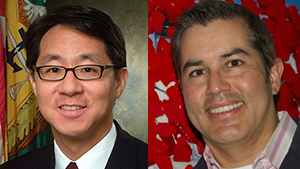


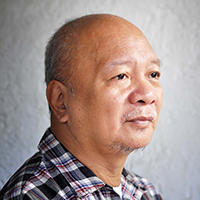
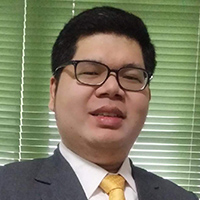






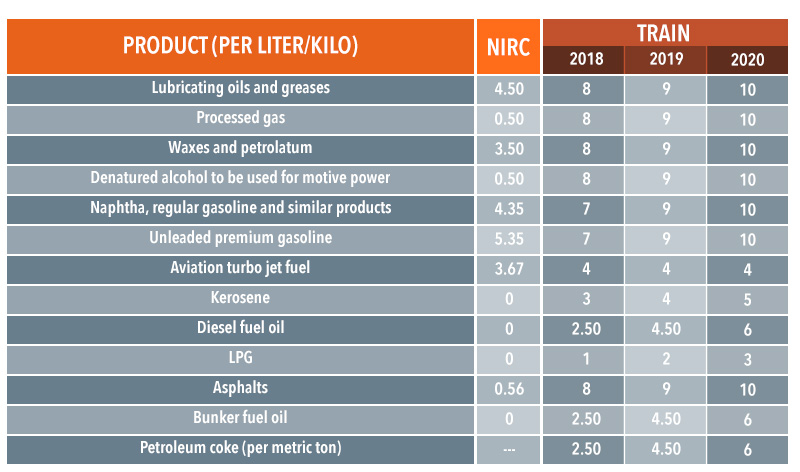


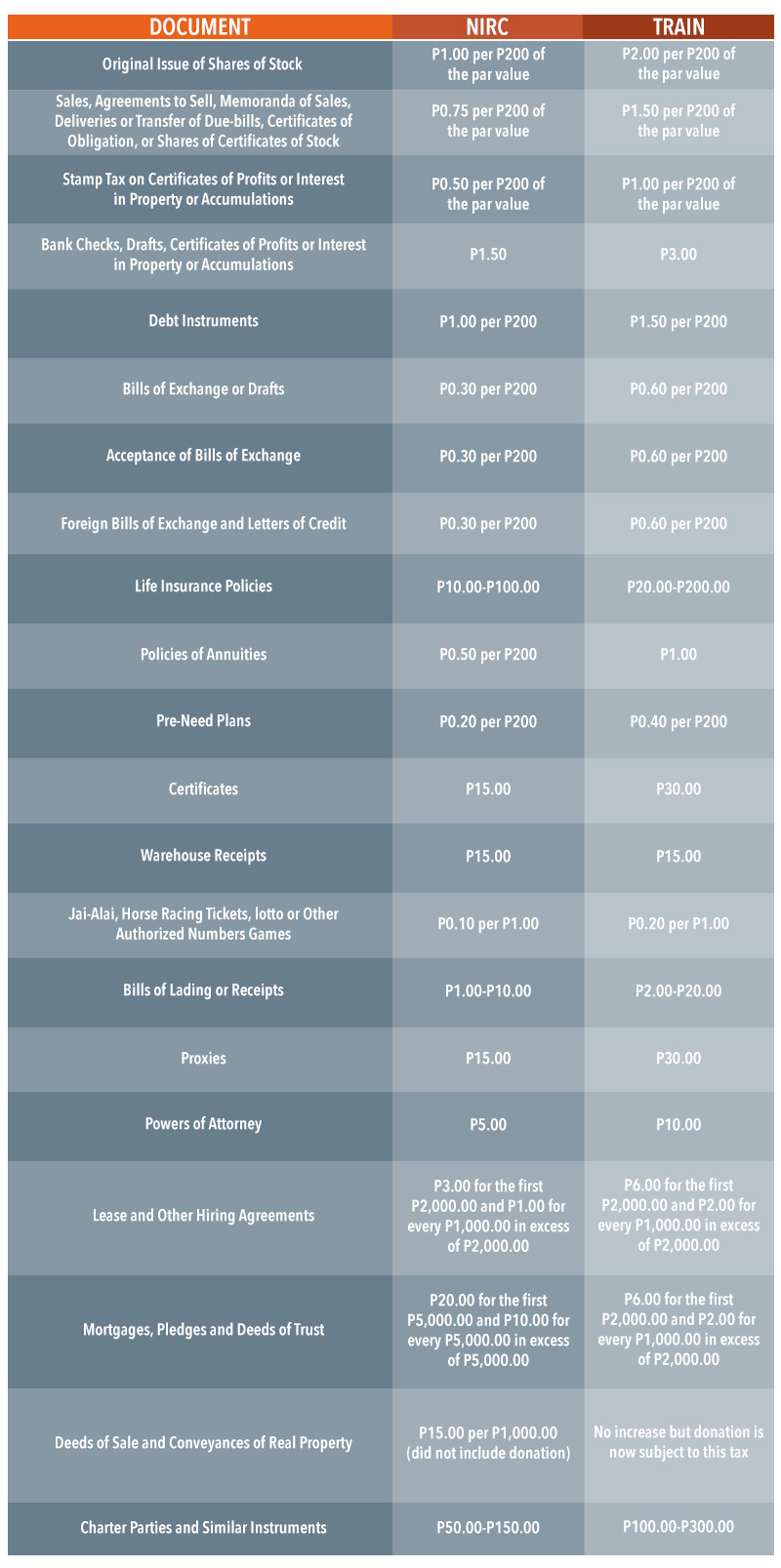




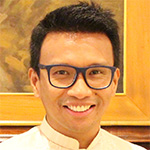

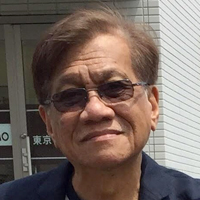 Little did I know up to a few weeks ago that Mamasapano would not be our last disastrous legacy from the Aquino administration. If Mamasapano was the tragic intersection of geopolitics and President Benigno Aquino III’s barkada style of governance, the Dengvaxia scandal is where PNoy’s barkadismo had its fateful tryst with the murky ethics of the global pharmaceutical industry.
Little did I know up to a few weeks ago that Mamasapano would not be our last disastrous legacy from the Aquino administration. If Mamasapano was the tragic intersection of geopolitics and President Benigno Aquino III’s barkada style of governance, the Dengvaxia scandal is where PNoy’s barkadismo had its fateful tryst with the murky ethics of the global pharmaceutical industry.